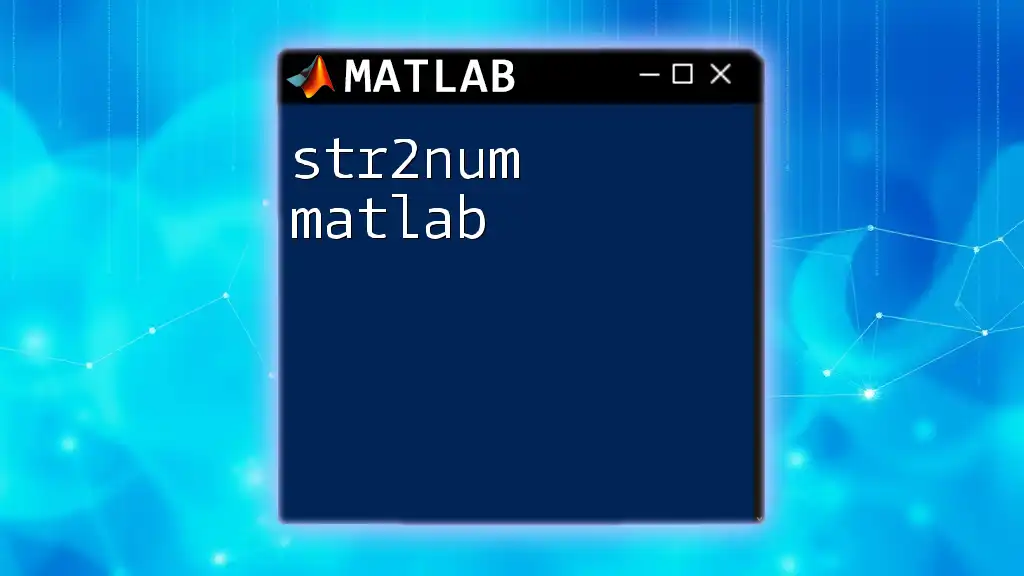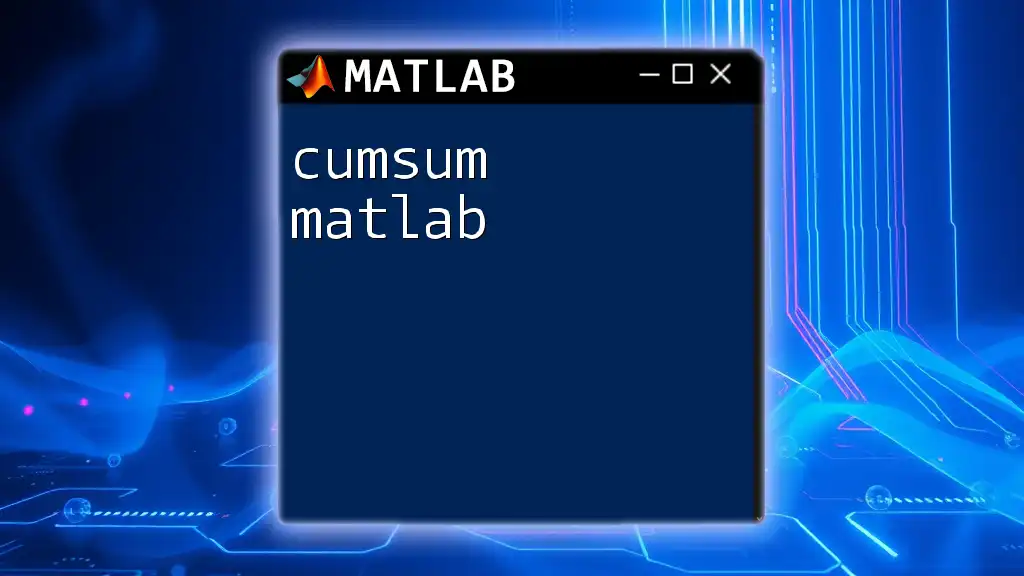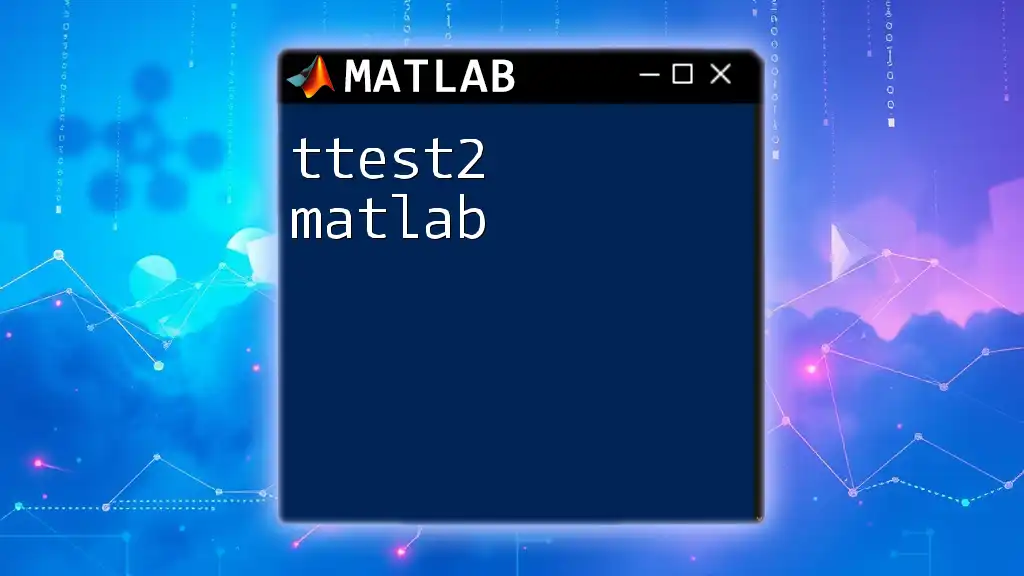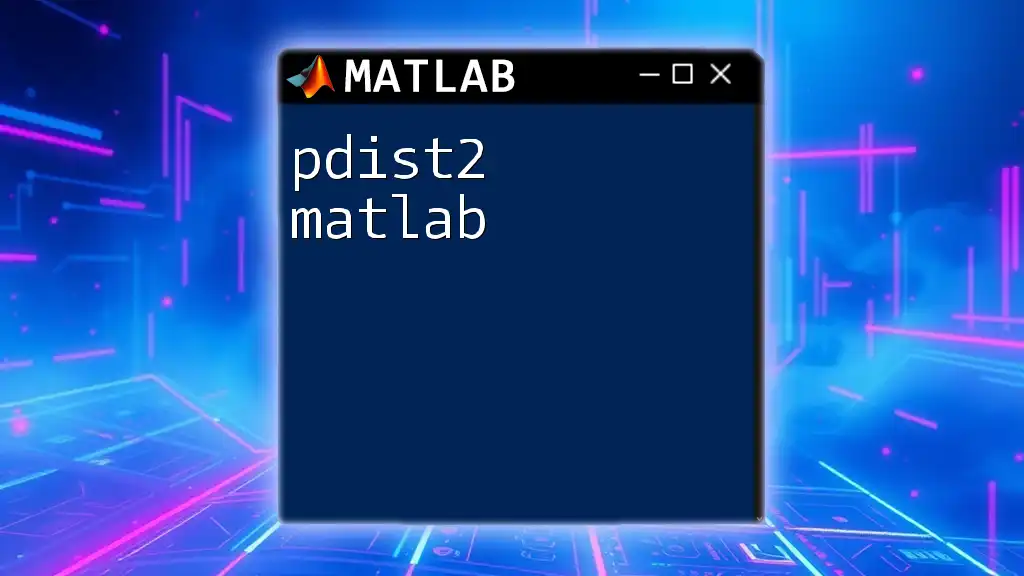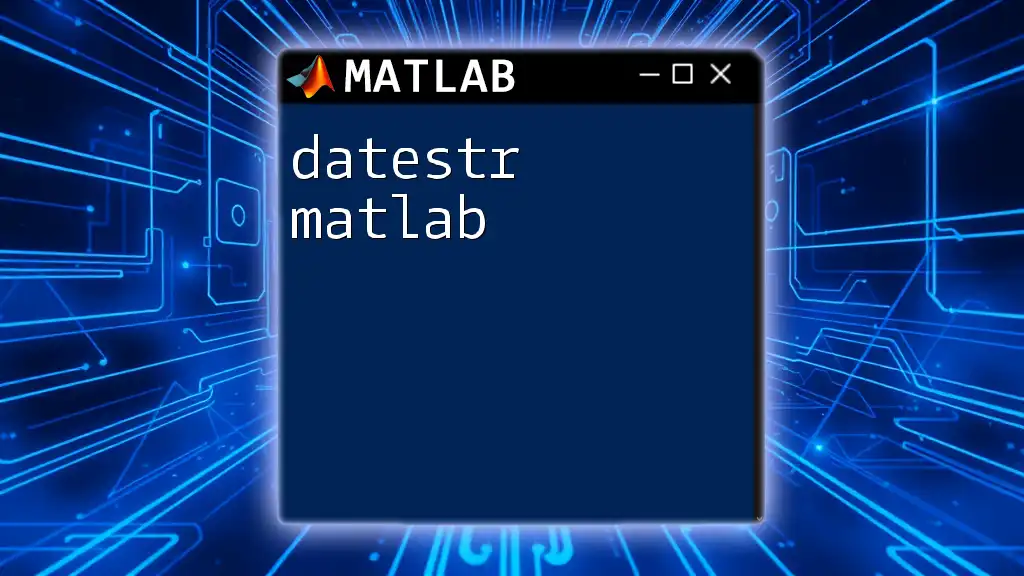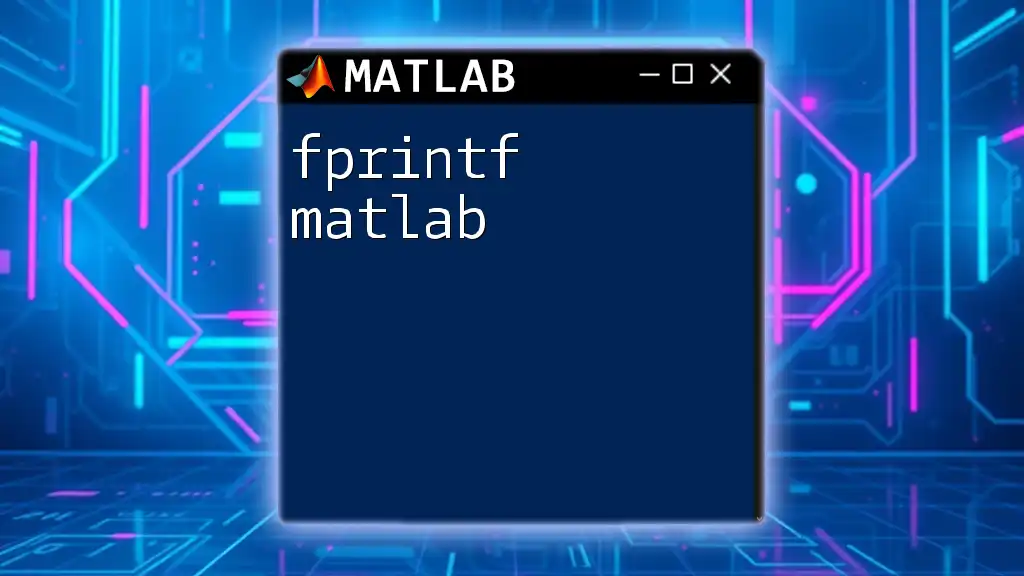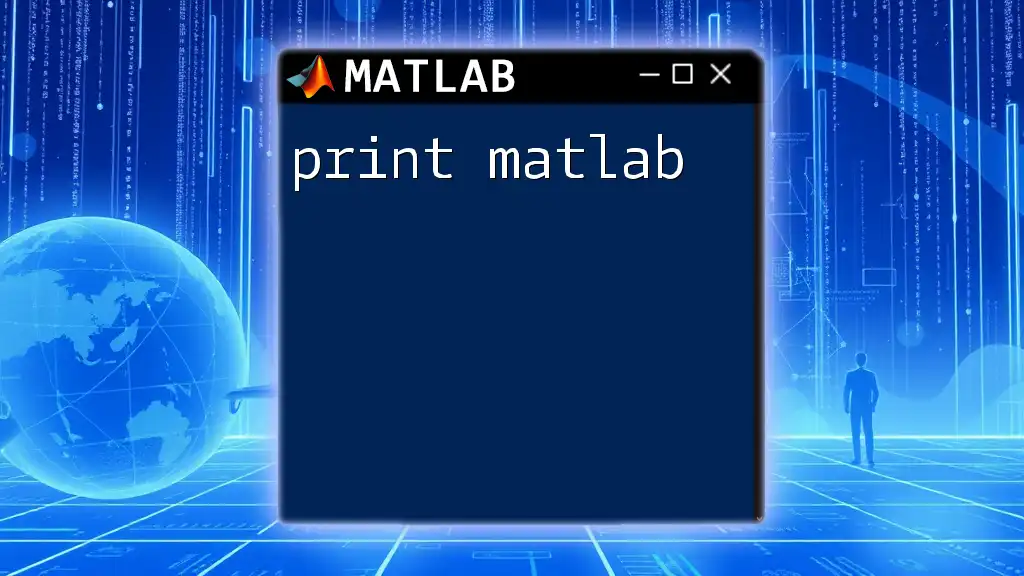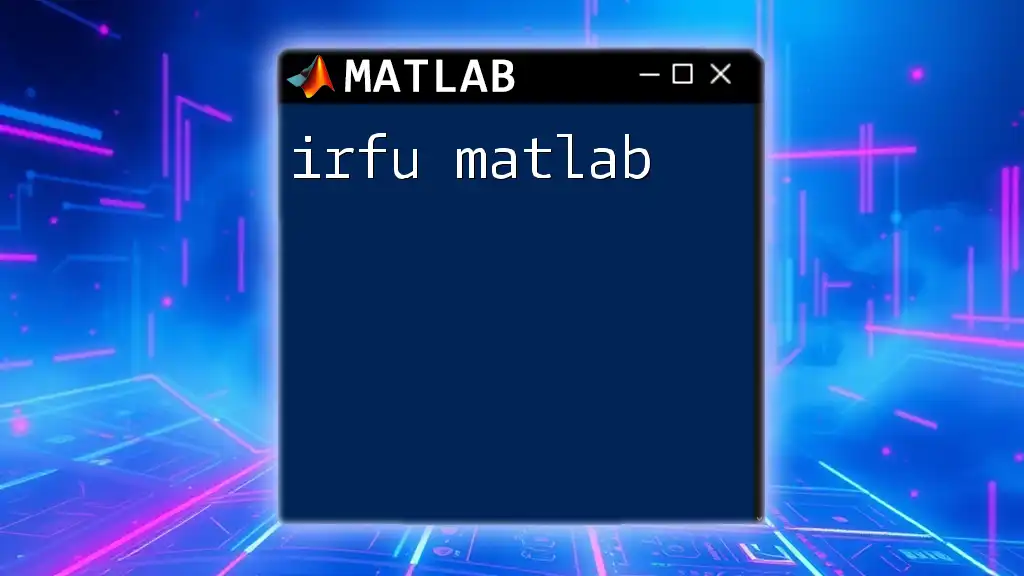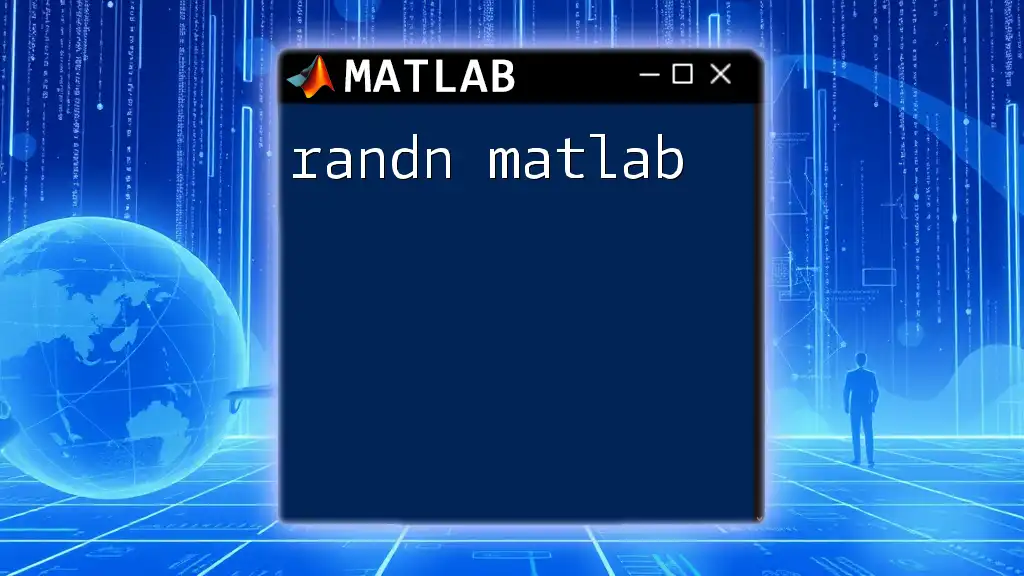The `str2num` function in MATLAB converts a character array or string representation of a number into its numeric equivalent.
Here’s a code snippet demonstrating its use:
str = '3.14'; % String representation of a number
num = str2num(str); % Convert string to numeric value
What is `str2num`?
The `str2num` function in MATLAB is designed to convert a character array or string representing numeric data into actual numeric values. This functionality is crucial when handling data in string formats, allowing for more efficient mathematical processing and analysis.
For instance, when importing data from text files or user inputs, numbers often come in as strings, and utilizing `str2num` helps in transforming these strings into numerical arrays for calculations.
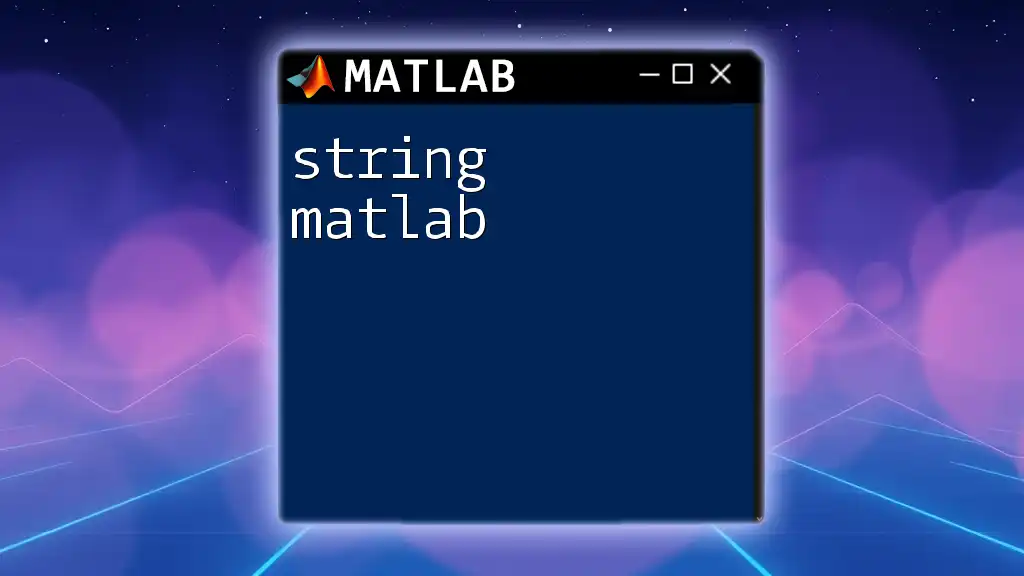
Use Cases for `str2num`
Here are some instances where `str2num` can be particularly useful:
- Data Conversion: When dealing with datasets where numeric values are delimited by commas or spaces, `str2num` can quickly convert these representations into MATLAB-friendly numeric arrays.
- User Inputs: In interactive applications, users might input values as strings, which need to be converted before further processing.
- String Manipulations: When manipulating text that incorporates numerical expressions, this function aids in evaluating and converting these expressions for use in calculations.
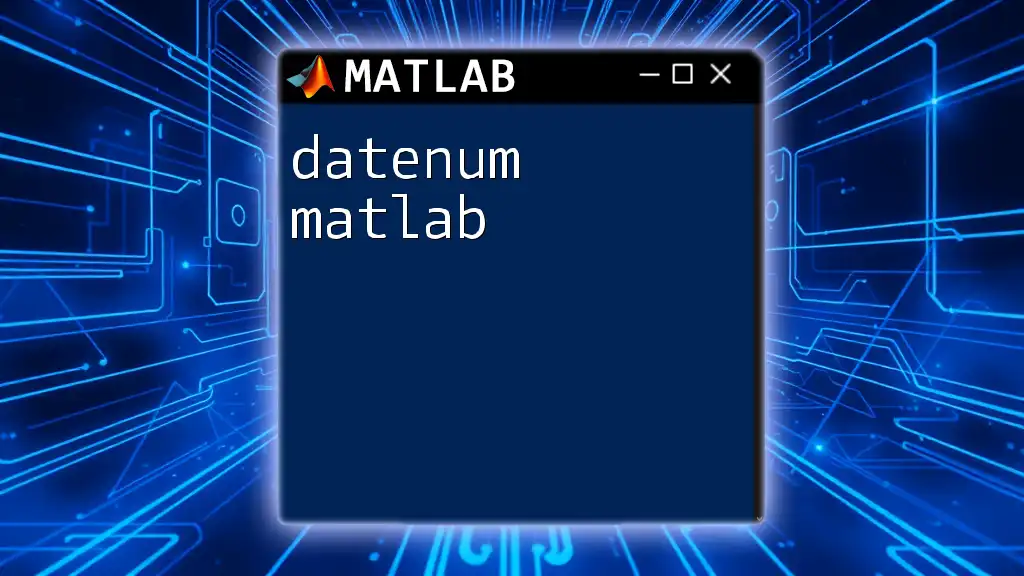
Understanding the Basics of String Conversion
The Role of Data Types in MATLAB
In MATLAB, understanding data types is fundamental. Strings represent text data, while numeric arrays can perform a myriad of mathematical operations. Converting data types allows MATLAB to leverage the rich functionality available for numerical computations. This conversion is especially critical when performing operations that require numeric types, as MATLAB needs compatible data types for arithmetic operations.
Comparison with Other Conversion Functions
When it comes to converting strings to numbers, two essential functions exist: `str2num` and `str2double`.
- `str2num` is versatile as it can handle multiple numeric formats, including matrices and arrays represented as strings.
- `str2double`, on the other hand, is best suited for simple string inputs returning single numbers. This function does not evaluate expressions within the string, making it slightly less flexible than `str2num`.
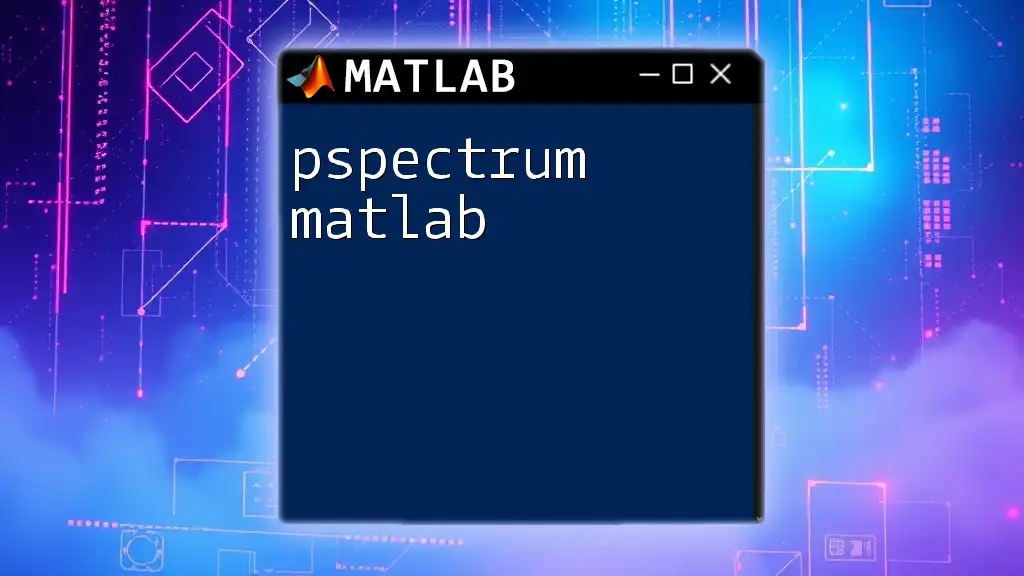
Syntax and Arguments of `str2num`
Basic Syntax of `str2num`
The basic syntax for the `str2num` function is:
num = str2num(str)
Where:
- `str` is the input string to be converted (can include numeric values in various formats).
- `num` is the numeric output that results from this conversion.
This straightforward formulation allows users to easily convert suitable string inputs into usable numeric arrays.
Input Format for `str2num`
To maximize the functionality of `str2num`, it is essential to know the accepted string formats:
- Single Number: A simple numeric string like `'45.67'`.
- Array or Matrix: Strings formatted as matrices or arrays, such as `'[1, 2, 3; 4, 5, 6]'`.
However, note that invalid formats—like letters or poorly structured strings—will lead to conversion failures or empty outputs.
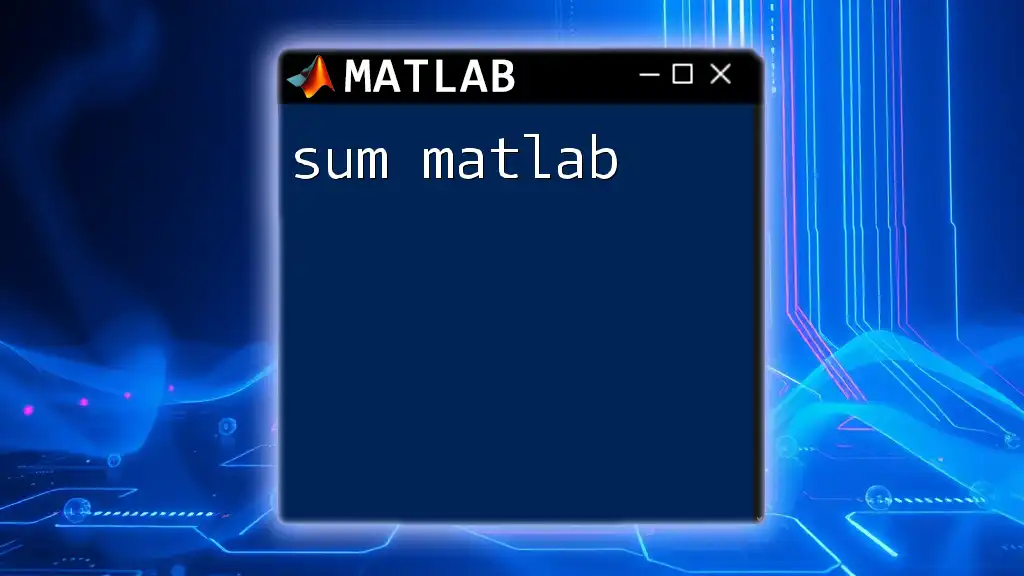
Practical Examples of Using `str2num`
Example 1: Basic Conversion
A basic use case can involve converting a simple numeric string:
str = '3.14';
num = str2num(str);
disp(num); % Output: 3.14
This example demonstrates how `str2num` takes a string containing a numeric value and converts it directly into a number.
Example 2: Converting Multiple Numbers
`str2num` also makes it easy to convert multiple numbers encapsulated as a string representing a matrix:
str = '[1, 2, 3; 4, 5, 6]';
numArray = str2num(str);
disp(numArray); % Output: [1 2 3; 4 5 6]
This capability is particularly useful in applications that require handling structured data efficiently.
Example 3: Handling Invalid Inputs
One common issue with using `str2num` is dealing with erroneous string inputs:
str = 'a, b, c';
numArray = str2num(str);
% Output: Warning about non-numeric strings and resulting numArray = []
When the function encounters non-numeric characters, it returns an empty array and may issue a warning. This behavior is essential for users to keep in mind to prevent unexpected results during data conversion.

Common Issues and Troubleshooting
Errors when Using `str2num`
When using `str2num`, users may face several common pitfalls:
- Non-numeric input: Any string containing non-numeric characters will lead to errors or empty outputs.
- Incorrect formatting: Issues arise from unexpected array or matrix structures, leading to conversion failures.
Debugging Strategies
To ensure successful conversions, users can adopt strategies like:
- Use `isnan` to check for conversion results. For example:
result = str2num('5.5');
if isnan(result)
disp('Conversion failed.');
else
disp('Conversion successful.');
end
- Look for warnings generated by `str2num` and reevaluate the input format to rectify issues.
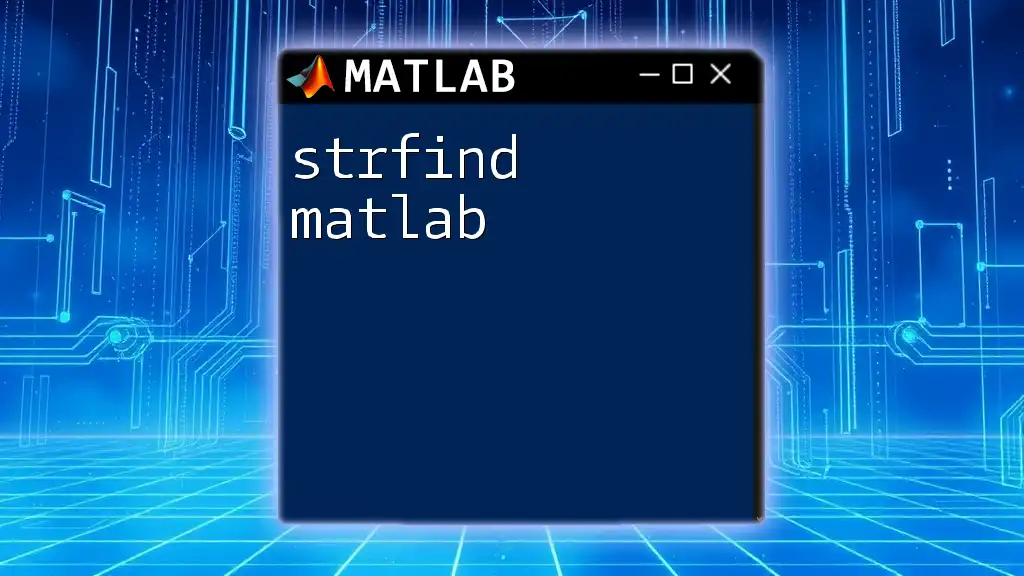
Advanced Features of `str2num`
Using `str2num` with Expressions
An interesting feature of `str2num` is its capability to evaluate expressions represented as strings:
str = '2 + 3';
result = str2num(str);
disp(result); % Output: 5
This flexibility allows users to convert strings containing mathematical operations directly into their numeric results.
Optimization and Performance Tips
While `str2num` is powerful, users should be mindful of its performance limitations, especially while handling large datasets. In such cases, alternatives like `textscan` or `readmatrix` may provide better efficiency, as they are optimized for larger data processing tasks.

Conclusion
To summarize, the `str2num matlab` function is a potent tool for transforming strings into numeric arrays or values, enhancing MATLAB's capability in handling various data types. Users should harness this function with an understanding of its syntax, potential pitfalls, and troubleshooting strategies to maximize their productivity in MATLAB programming.
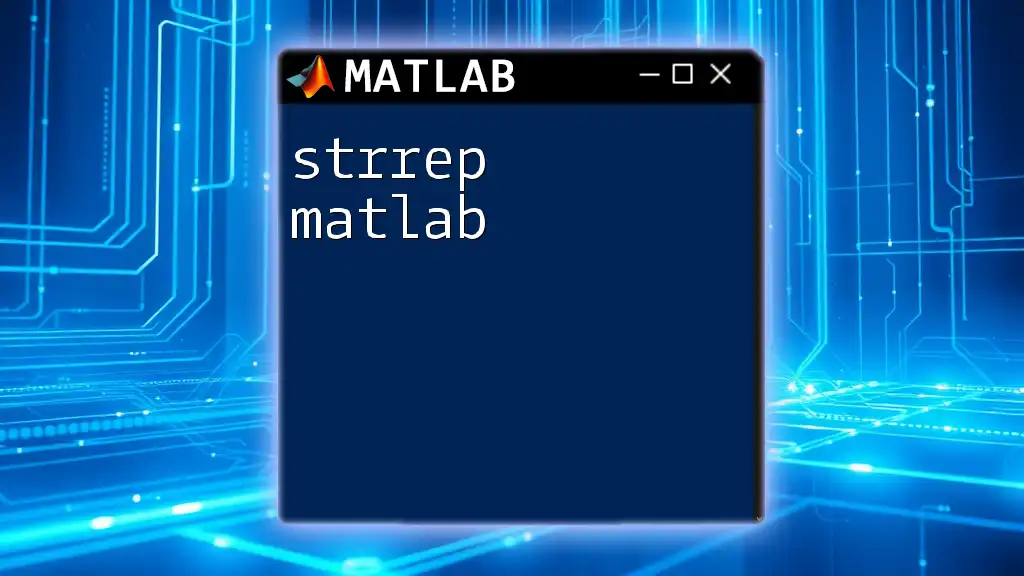
Further Learning Resources
For those looking to deepen their understanding of MATLAB and the `str2num` function, the official MATLAB documentation is a reliable source. It provides intricate details and examples that can aid users in mastering this functionality. Additionally, exploring other tutorials and guides will further enrich one’s knowledge of MATLAB's versatile capabilities.
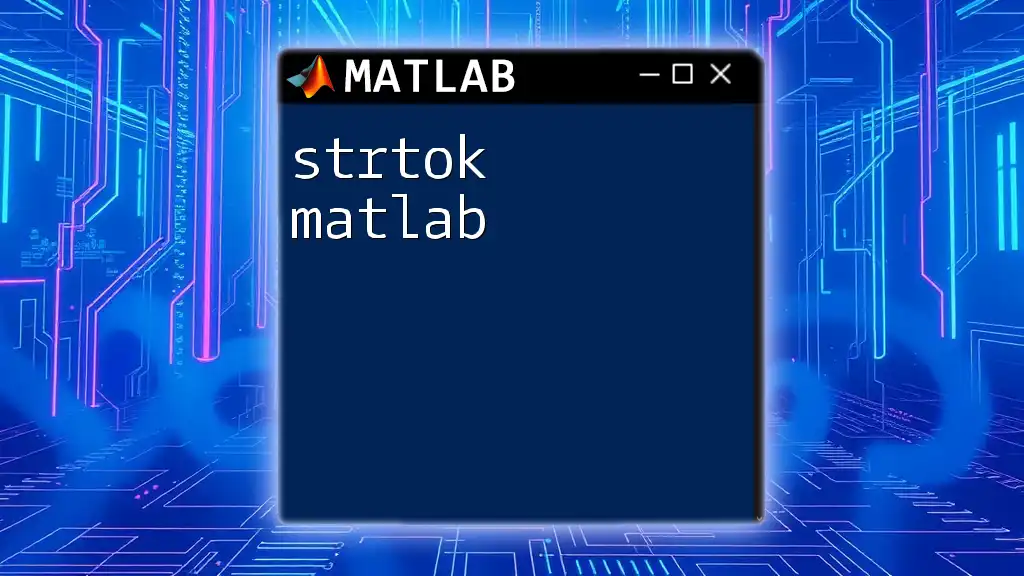
Call to Action
Practice using `str2num` with various string formats to gain a hands-on understanding of its functionality. Share your experiences and any issues encountered during conversions in the comments. Remember to subscribe to our blog for more MATLAB tips and tricks to enhance your coding expertise!
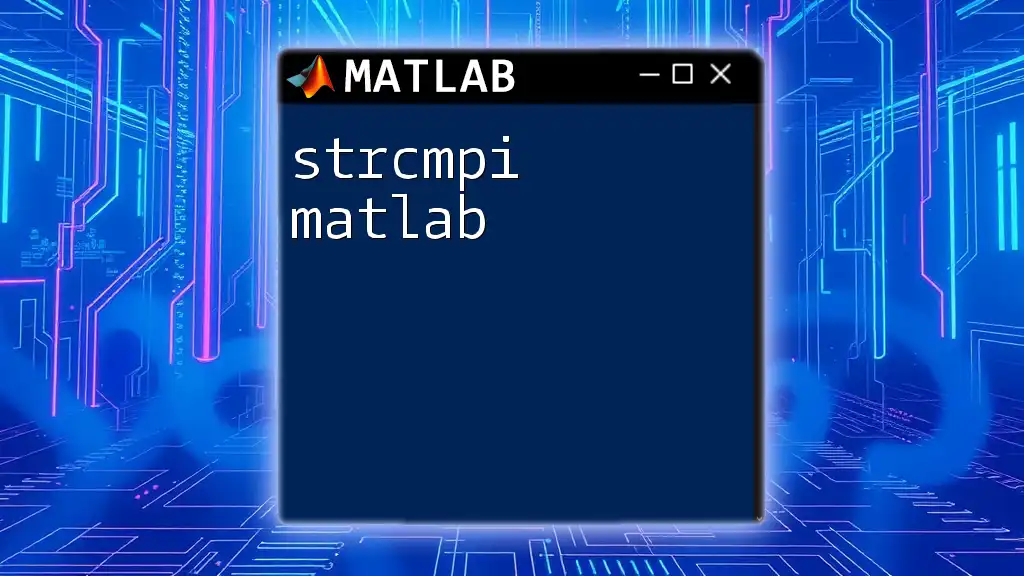
FAQ Section (Optional)
FAQs about `str2num`
What to do if `str2num` returns an empty array?
When `str2num` produces an empty array, revisit your input string to ensure that it contains valid numeric characters formatted correctly.
Can `str2num` handle complex numbers?
`str2num` can handle simple complex numbers if formatted correctly, like `'(3+4i)'` but may not process complex expressions as effectively as other functions designed for mathematical evaluations.

